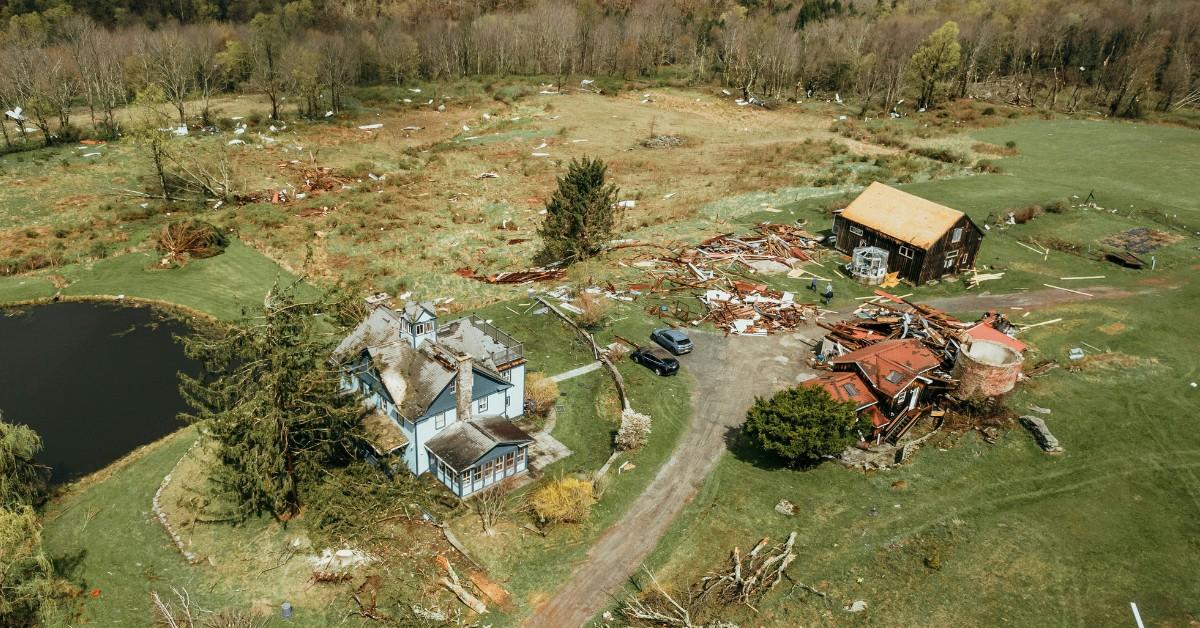Why Does Trump Really Want To Get Rid of FEMA and Its Services?
The decision could have devastating impacts on areas that are frequently hit by hurricanes.
Published June 11 2025, 3:43 p.m. ET

The Federal Emergency Management Agency (FEMA) travels to areas hit hard by disaster, offering physical and financial assistance to U.S. residents as needed. The group is essential for dealing with the aftermath of hurricanes, tornadoes, and even manmade disasters like train derailments.
However, Donald Trump is hoping to abolish the federal agency and instead entrust states with financial responsibility.
But given how much money FEMA spends on emergencies, which can add up to billions depending on the severity of the incident, many are asking why President Trump wants to get rid of FEMA.
According to him, it has a lot to do with his administration's desire to put more of the onus on states regarding financial and governing concerns.

Why does Trump want to get rid of FEMA?
Trump has gone on the record to complain about FEMA several times, according to NPR, including a statement he made in January during a visit to Los Angeles after wildfires devastated the area. "I say you don't need FEMA, you need a good state government," he said at the time. "FEMA is a very expensive, in my opinion, mostly failed situation."
Instead, he would like to see states handle disasters on their own, both before and after tragedy strikes.
But, those bills could be unaffordable for some states. NPR notes how much money some areas have received from FEMA, including Florida, which received more than $5.5 billion from the government agency in 2017.
And that doesn't include the money that FEMA provides states to prepare for disasters. One study determined that FEMA has provided $27 billion to states to help them update infrastructure to safeguard against flooding.
According to the National Institute of Building Sciences, those investments should help the U.S. save $160 billion in the long run.
But, instead of coming to FEMA for those funds, Trump is proposing people in disaster areas go to their state government, or else come to a soon-to-be appointed figurehead instead.
When did FEMA start?
FEMA was first created by Executive Order on April 1, 1979. The order was signed by then-President Jimmy Carter, who later gave the organization a dual mission that allowed them to cover both civil defense and emergency management.
Later, FEMA's focus was further changed with the Disaster Relief and Emergency Assistance Amendments of 1988, which created a clearer mission for the organization and established the blueprint for how it should respond to disasters.
If Trump stays true to his word, FEMA will shutter its doors sometime after the 2025 hurricane season, which typically runs from June 1 through November 30. But, he cannot do it on his own, and to legally close FEMA down Trump will need congressional approval.
Of course, the timing of the shutdown (and FEMA's popularity) could all change quickly, depending on how bad of a hurricane season 2025 turns out to be.
With experts predicting an above-average number of storms, FEMA could be quite busy this year, and the states that rely on the money could turn against Trump if he moves forward with his decision.
Given how climate change has continued to create circumstances where natural disasters become both more intense and more frequent, dissolving the organization could provide to be too big of an undertaking.